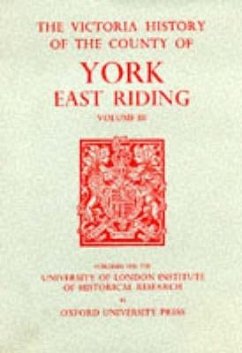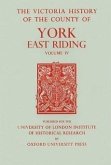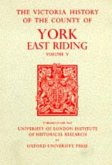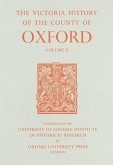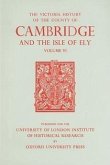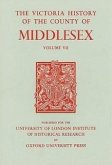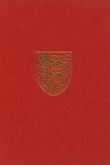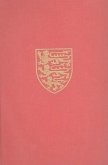The volume covers a large area in the Vale of York, lying to the south and east of the city. It is concerned with the history of the twelve parishes in Ouse and Derwent wapentake and of eight parishes in the western half of the Wilton Beacon division of Harthill wapentake. Ouse and Derwent wapentake is largely bounded by those two rivers, and the Wilton Beacon division lies immediately east of the river Derwent. The land is low-lying and relatively flat. Its dominant physical features are the two large rivers and two ridges of glacial moraine which traverse the vale. The mor-aines provided early routes across the marshy land and the sites for several villages. Other settlements stand by the Ouse and the Derwent at places where meanders take the rivers close to the firm valley sides. The terrain was once well wooded, and the way in which the wood-land was cleared resulted in a landscape characterized by small open fields and large tracts of early inclosures and common grazing. Particularly in the north-east part of the area the number of large country houses reflects the proximity of York and the interest of its citizens in landed estates; the houses include Escrick Hall, Moreby Hall, and Heslington Hall, in recent years the centre of the University of York. There has been some suburban development, notably in Gate Fulford. Most of the villages consist of brick houses built in the 18th century and later. The most considerable ecclesiastical building is the church of Hemingbrough, made collegiate in 1427 by the prior of Durham. Of many bridges mentioned in the volume that at Stamford Bridge is notable for its part in the battle in which King Harold defeated the Danes before marching to his death at Hastings.
Hinweis: Dieser Artikel kann nur an eine deutsche Lieferadresse ausgeliefert werden.
Hinweis: Dieser Artikel kann nur an eine deutsche Lieferadresse ausgeliefert werden.

